- Home›
- Healthy Living›
- 6 Pranayama Exercises To Improve Oxygen Levels
6 Pranayama Exercises To Improve Oxygen Levels
By: Priyanka Maheshwari Sun, 17 Mar 2024 11:20:59
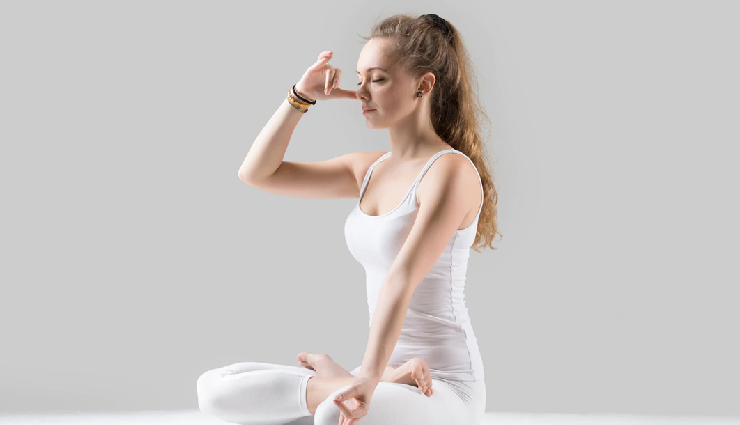
Living healthily means breathing healthily! As you grow older, your breath tends to become shorter, impacting your overall health in various ways. However, there's a solution – engaging in deep-breathing exercises. Curious about what they entail? In this piece, we present the top five deep breathing exercises that effectively enhance your breathing and contribute to overall health and well-being. We'll also delve into the correct techniques for performing them and explore their myriad benefits.
Pranayama, a yogic practice, involves controlled breathing. Derived from Sanskrit, it combines 'Prana' meaning breath and 'Yama' meaning control. This conscious breathing technique emphasizes deep breaths. As time passes, our breath tends to become shallow, which isn't beneficial for our bodies. The air we breathe holds immense healing power, and the more we fill our lungs with it, the better. Pranayama offers a structured approach to achieving this.
Through Pranayama, one can regulate the life energy within and achieve a healthy body and mind. The ancient yogic sage Patanjali mentions Pranayama in his text 'Yoga Sutra' as an effective means to reach Samadhi, the highest state of meditative consciousness. It involves drawing energy into the body while expelling waste from both body and mind. This process includes breath retention, alongside inhalation and exhalation, which enhances the body's energy distribution.
A graph from a 2021 study published in Frontiers in Psychology illustrates how breathing at a rate of 6 breaths per minute increases heart rate variability (HRV) compared to maintaining a soothing rhythm. The standard deviation of NN intervals (SDNN) notably rises during 6 breaths per minute and soothing rhythm breathing conditions. This indicates that integrating breathing techniques can enhance heart rate variability.
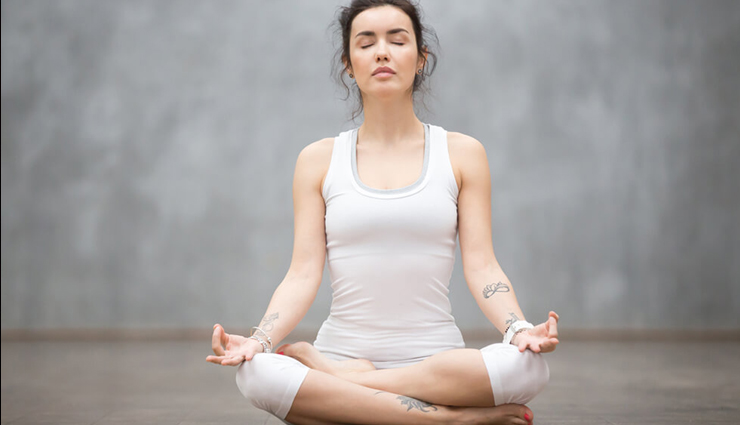
# Bhastrika Pranayama (Bellows Breath)
Bhastrika Pranayama, also known as the Bellows Breath, is a potent yoga breathing technique. It serves as a cleansing practice, clearing your nadis, nostrils, and sinuses, while also priming you for deep breathing. Moreover, it's excellent for revitalizing your body. So, the next time you're feeling sluggish and lacking energy, instead of reaching for coffee, consider trying Bhastrika Pranayama.
Here's how to practice Bhastrika Pranayama:
- Sit in the Lotus Position with your spine straight.
- Inhale deeply through your nose, filling your lungs with air. Exhale in the same manner. Repeat this several times to clear your mind.
- Next, begin forceful exhalations through your nose, followed by forceful inhalations. Ensure your breath originates from your diaphragm, causing your belly to move in and out with each breath. Keep the rest of your body still.
- Alternate between rounds of bellows breathing and natural breathing. While breathing naturally, observe the sensations in your body and mind.
- Complete at least three rounds of Bhastrika, and then conclude the session.
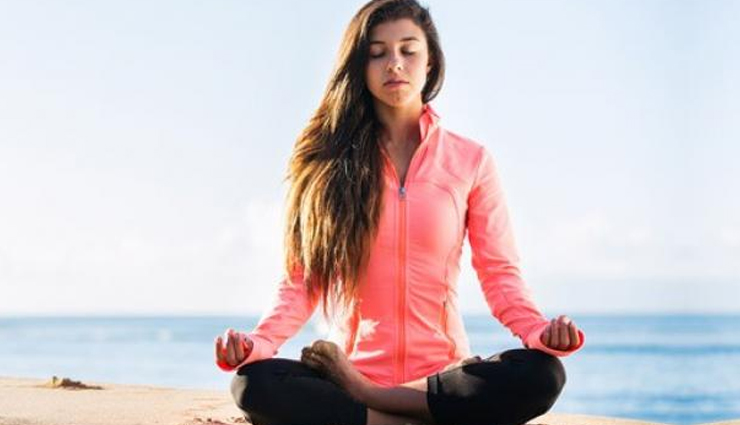
# Kapalbhati Pranayama (Skull Shining Breath)
Kapalbhati Pranayama, also known as the Skull Shining Breath, is a breathing technique renowned for bestowing a radiant head and sharpened intellect through consistent practice. It is a 'shat' kriya, a cleansing practice that purges toxic air from the body. The term 'Kapalbhati' translates to 'shining head,' with 'Kapal' referring to the forehead and 'Bhati' to shining. Let's delve into how to practice it below.
How to Practice Kapalbhati Pranayama:
- Sit comfortably in Sukhasana, placing your palms on your knees, and focus your attention on the belly region.
- Inhale deeply through your nose, filling your lungs consciously and calmly.
- Contract your stomach muscles by pulling them toward your spine. Place your hand on your stomach to feel the contraction.
- Relax the contraction and exhale in a short, brisk burst, accompanied by a hissing sound. Inhalation happens automatically after each exhalation.
- Complete one round of Kapalbhati, comprising 20 cycles of inhalation and exhalation. After one round, close your eyes in Sukhasana and observe the sensations in your body.
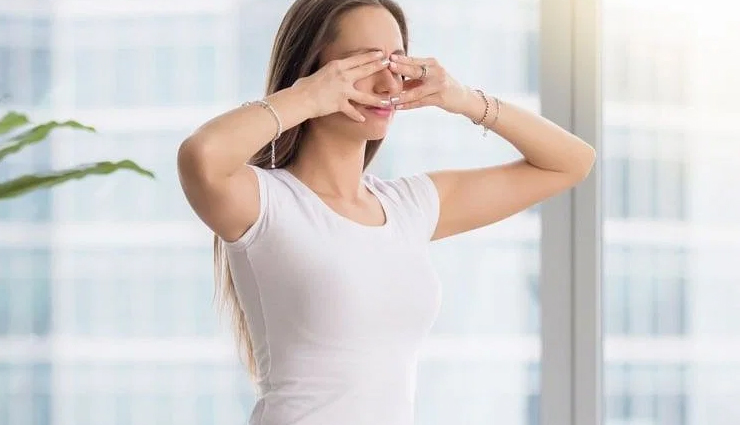
# Bhramari Pranayama (Bee Breath)
Bhramari Pranayama, also known as the Bee Breath, derives its name from the Indian black bee called the Bhramari. It's a straightforward breathing technique that can be practiced anywhere, offering a quick remedy for stress relief. The exhalation in this practice resembles the humming sound of a bee, hence its name.
Here's how to perform Bhramari Pranayama:
- Sit upright in a comfortable position of your choice, maintaining a gentle smile on your face.
- Close your eyes and bring your awareness to your body.
- Place your index fingers on the cartilage between your cheeks and ears.
- Inhale deeply. As you exhale, gently press the cartilage with your index fingers and produce a humming sound similar to that of a bee.
- Repeat this breathing pattern for several rounds.
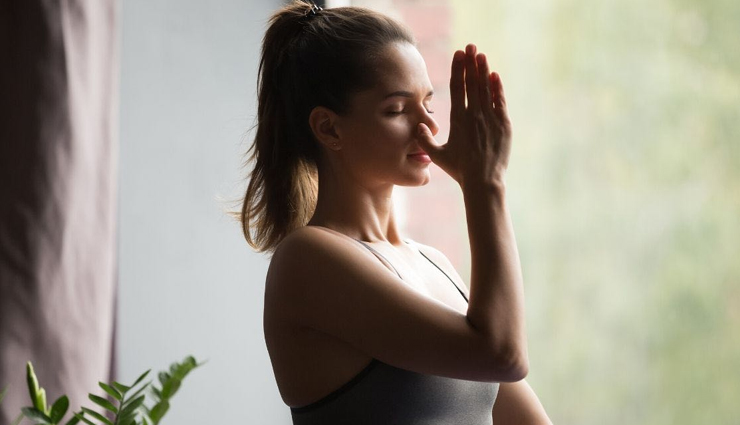
# Anulom Vilom (Alternate Nostril Breathing)
Anulom Vilom, also known as Alternate Nostril Breathing, is a technique designed to clear the nadis, the energy passages within your body. By following Anulom Vilom's alternating breathing pattern, you can cleanse, stimulate, and balance the right and left nadis. Let's explore how to practice this technique.
How to Practice Anulom Vilom:
- Sit comfortably in Padmasana, Sukhasana, or Vajrasana, ensuring your back is straight and your chin is gently tucked towards your chest. Close your eyes to facilitate focus.
- Place your left palm on your left knee, with the palm facing upward in the Gyan mudra.
- Lift your right hand and position your right thumb on the side of your right nostril. Inhale deeply, slowly, and silently through your left nostril.
- After completing the inhalation, press the little finger of your right hand against the side of your left nostril. Exhale slowly, deeply, and silently through your right nostril.
- Next, inhale through your right nostril. Press the side of your right nostril with your right thumb, and exhale through your left nostril. This completes one round of Anulom Vilom.
- Begin with approximately 5 rounds initially, gradually increasing the number as per your comfort and convenience.

# Bahya Pranayama (External Breath)
Bahya Pranayama, also known as the External Breath, earns its name from the practice of retaining the breath after exhaling. This breath-holding phase characterizes it as an external breath, as the breath is kept out. The term 'Bahya' signifies external. It entails a three-step process of inhaling, exhaling, and retaining the breath, making it a crucial breathing technique. Continue reading to discover how to perform it.
How to Practice Bahya Pranayama:
- Sit upright in Padmasana or Vajrasana, ensuring your spine is straight.
- Inhale deeply and exhale completely, emptying your lungs entirely.
- Hold your breath while simultaneously drawing your stomach upward and lowering your neck toward your chest. Lift your chest toward your chin. Maintain this posture for 5 to 10 seconds.
- Then, inhale deeply and release your chin and stomach.
- Repeat this process for approximately 5 minutes.
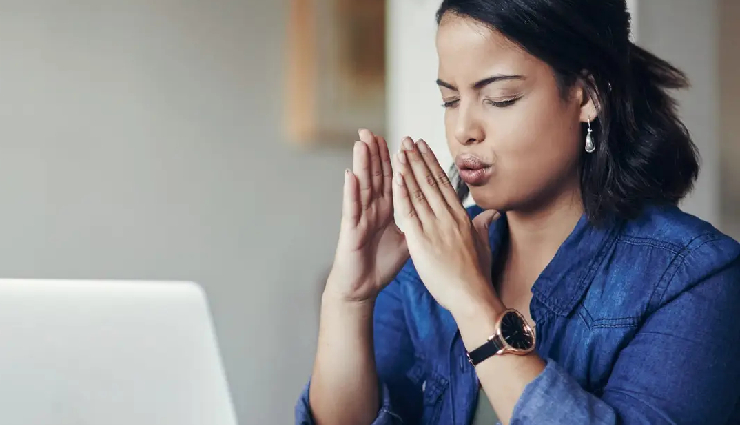
# Pursed Lip Breathing
This breathing method involves inhaling through the nostrils for a brief duration, followed by a gradual exhalation through pursed lips, mimicking the action of blowing out a candle. It's commonly employed to enhance breathing patterns. Read on to discover how to execute this exercise.
How to Perform Pursed Lip Breathing:
- Sit in a comfortable position with your back upright.
- Inhale slowly through your nose, counting to two.
- Form a small pucker with your lips, resembling the shape used to blow out a candle, and exhale gently through them for a count of four.
- Concentrate on ensuring that your exhalation lasts twice as long as your inhalation.
- Repeat this sequence for a duration of 5 minutes.





